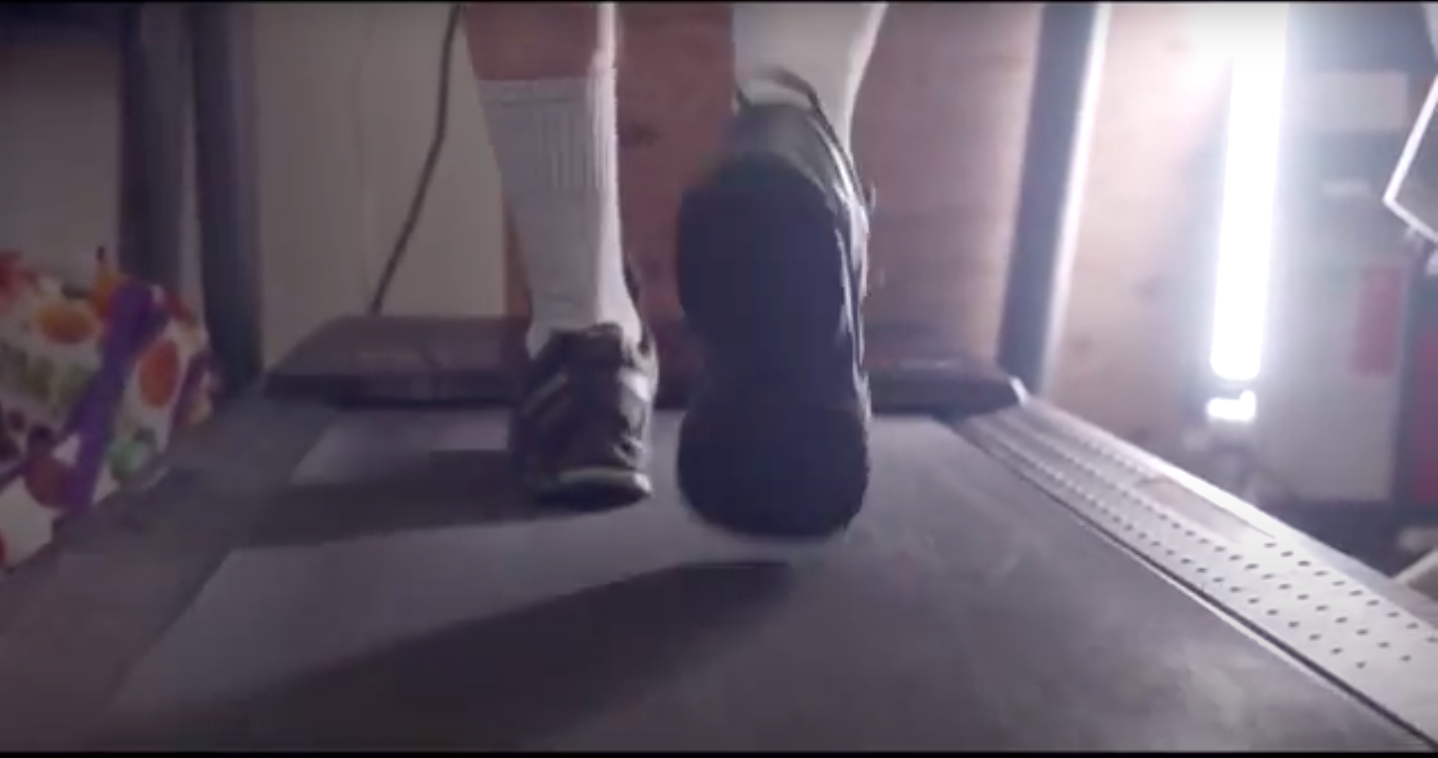FITT Walking to be Fit
What if we could find a prescription that could drastically improve your quality of life, mental well being and overall health? What if the cost of the prescription was significantly less than the cost of your medications? A simple prescription of walking has been shown to have positive effects in all of these areas! In an article by Fritz, et al walking speed was deemed “the sixth vital sign”, meaning that how fast we walk could predict future events and identify underlying problems with the body. From the study, they were able to determine that certain walking speeds were predictors of falls or hospital readmissions or safety with community walking. This information has been helpful in setting goals to improve walking speed. Several years ago, an article by Dr. Levin of the Mayo Clinic stated that sedentary lifestyles can lead to chronic diseases. And, a report by the United States Surgeon General found that fewer than 50% of Americans meet the recommended minimum amount of moderate physical activity. To add to that, nearly half of adults with disability get NO aerobic physical activity. None! This lack of aerobic activity causes working adults with disability to be 50% more likely than their active peers to have chronic diseases such as cancer, diabetes, stroke or heart disease. Walking is the easiest and most affordable way to combat this problem, and here is how to get started.
The Walking Prescription
Walking for exercise can be considered a prescription, just as a medication would be. For people with neurologic impairments, walking should be “dosed” appropriately to have a positive impact. When considering a walking or exercise dose, frequency, intensity, time and type should all be determined. This is known as the FITT principle. Each item in the FITT principle should be individualized to meet your specific needs to prevent under-training, where there is no effect, or overtraining, where fall and/or injury can occur. Let’s talk about each of the variables in FITT.
FITT Walking
Frequency is the number of times walking should be performed. Activity frequency has been established by the American College of Sports Medicine (ACSM). The ACSM recommends that adults be active 150 minutes per week. When considering frequency, it is important to look at your day to day activities and decide on a feasible goal. Perhaps one walk per day is feasible to you or breaking up your walking into multiple walks per day. Maybe you are able to do a little every day, or you plan scheduled walks 5 days out of the week. Determining what is feasible with your schedule will help to make sure you can incorporate walking into your routine.
Intensity can be determined either by monitoring your heart rate, level of fatigue or shortness of breath. For people who take certain medications that control heart rate, the use of a fatigue scale for monitoring intensity, such as the Borg or Modified Borg scale, is preferred. With guidance from a healthcare professional, you can determine how to safely and appropriately monitor your intensity.
Time spent walking is also important. As mentioned above 150 minutes per week is the goal set by the ACSM. The thought of incorporating 150 minutes of walking into a week can be daunting, but time spent walking can be as little as 10 minutes at a time. Breaking the time up into smaller amounts can make the goal less intimidating. What is most important is starting with a time goal that is achievable to you, and maintaining or increasing this goal.
The second T in FITT is the type of activity. Walking can take place inside the home or outside the home. When walking outside is not feasible due to weather or other considerations, walking inside is as effective as walking outside.
Lastly, it is important to note that the best way to improve your walking is to practice walking. So talk to your healthcare professional about the correct walking prescription for you, and get started on your FITT to be fit walking program!
Sources:
https://www.mayoclinicproceedings.org/action/showPdf?pii=S0025-6196%2814%2900573-4
https://www.nchpad.org/howiwalk/wp-content/uploads/2013/10/How-I-Walk-Campaign-Toolkit.pdf
https://www.nchpad.org/howiwalk/wp-content/uploads/2015/09/00_Collins_JPAH.pdf
https://www.sralab.org/sites/default/files/2018-04/Rating_of_perceived_exertion_-_Borg_scale.pdf



